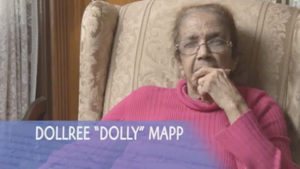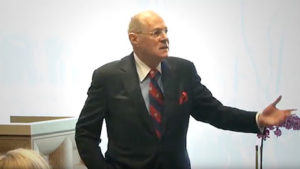This lesson explores one of the toughest political fights in American history – over a bill of rights for individuals – and the outcome that became a symbol of liberty and freedom in America.




















62 resources available



















